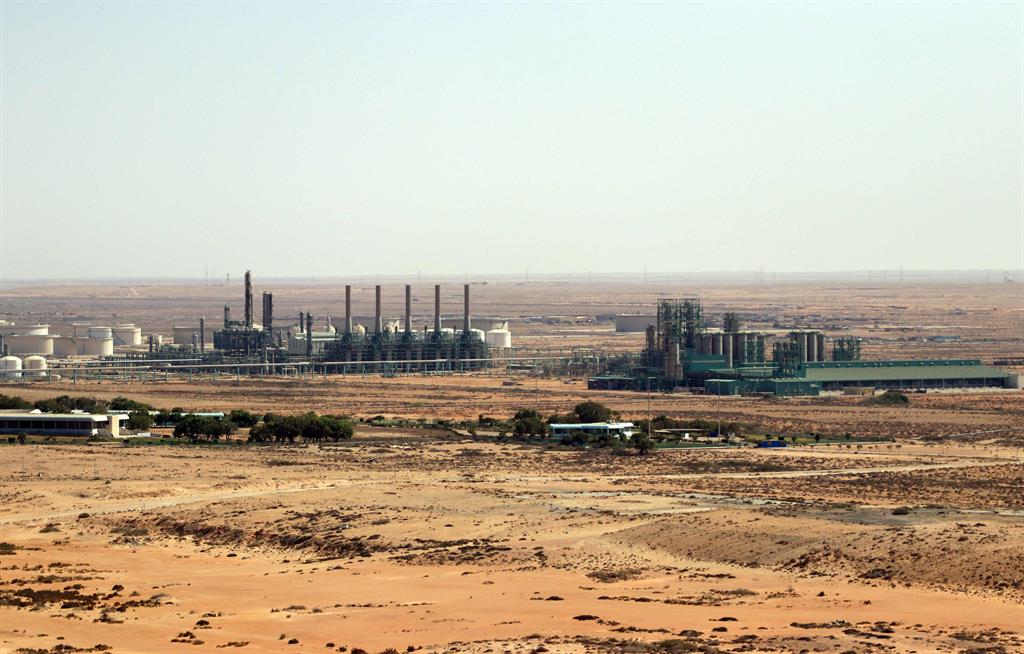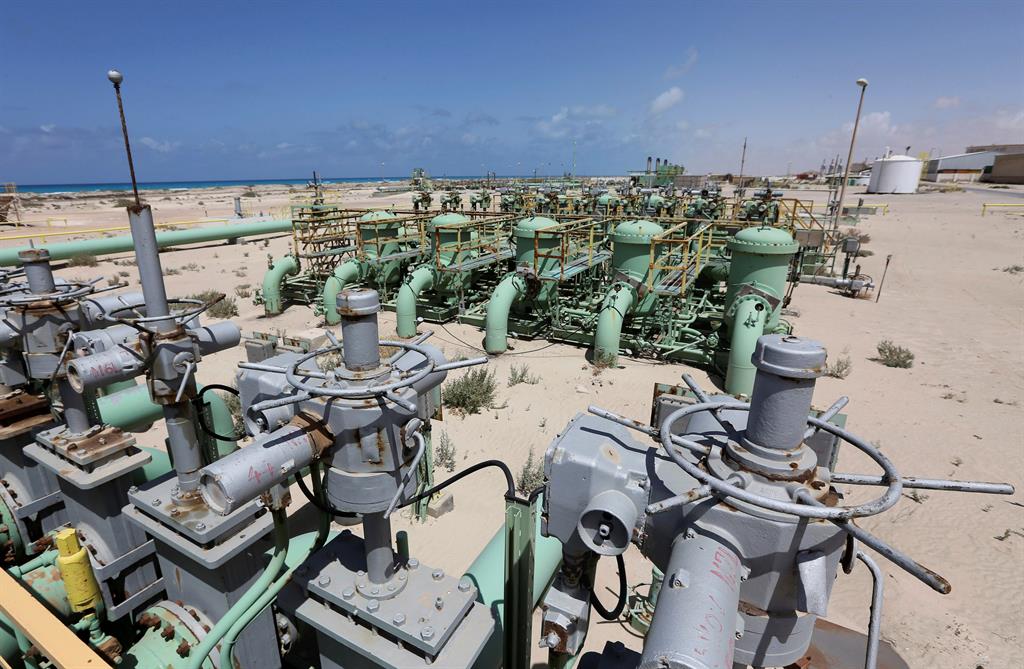Libya seeks to revive oil industry
The lifting of the oil blockade has also triggered a political backlash in western Libya, due to concerns to terms announced by the deputy prime minister.
Libya's National Oil Company said it expected oil production to rise to 260 000 barrels per day (bpd) next week, as the OPEC member looks to revive its oil industry, crippled by a blockade since January.
Oil prices fell around 5%, partly due to the potential return of Libyan barrels to a market that's already grappling with the prospect of collapsing demand from rising coronavirus cases.
Libya produced around 1.2 million bpd, over 1% of global production before the blockade which slashed the OPEC member's output to around 100 000 bpd.
The NOC said it was resuming exports at Zueitina oil terminal, in addition to Marsa El Hariga and Brega terminals, after assessing the security situation at the port and connected fields. The state-run producer said it was still evaluating other ports and fields.
Eastern Libyan commander Khalifa Haftar said last week his forces would lift their eight-month blockade of oil exports.
But the extent and sustainability of the revival is uncertain. After repeated blockades and security problems, the NOC has said it will only resume operations at facilities devoid of military presence.
Nearly a decade after NATO-backed rebels overthrew dictator Muammar Gaddafi, Libya remains in turmoil, with no central government and rival factions splitting the country between east and west since 2014. Unrest has slashed production capacity from 1.6 million bpd pre-2011.
Conflict
An escalation of conflict since last year led to a military build-up, including deployment of foreign mercenaries. The NOC wants to ensure that armed groups are not within the inner perimeter of facilities, and decisions on whether to reopen could depend on the level of trust with local groups, an oil industry source in Libya said.
The lifting of the oil blockade has also triggered a political backlash in western Libya, due to concerns that terms announced by the deputy prime minister of the Tripoli-based government will cede some control over oil revenues to rivals in the east.
It is unclear how revenues will be used, pending a political deal to create a unity government.
Oil tankers are expected to begin arriving from Wednesday to load crude in storage. The Marlin Shikoku tanker is making its way to Hariga to load a cargo for trader Unipec, according to shipping data and traders. Goldman Sachs said Libya's return should not derail the oil market's recovery, with an upside risk to production likely to be offset by higher compliance with production cuts from other OPEC members.
“We see both logistical and political risks to a fast and sustainable increase in production,” the bank said. It expects a 400 000-bpd increase in Libyan production by December. The Organization of the Petroleum Exporting Countries (OPEC) and allies led by Russia, are closely watching the Libya situation, waiting to see if this time Libya's return to the oil market is sustainable, sources told Reuters.
– Nampa/Reuters
Oil prices fell around 5%, partly due to the potential return of Libyan barrels to a market that's already grappling with the prospect of collapsing demand from rising coronavirus cases.
Libya produced around 1.2 million bpd, over 1% of global production before the blockade which slashed the OPEC member's output to around 100 000 bpd.
The NOC said it was resuming exports at Zueitina oil terminal, in addition to Marsa El Hariga and Brega terminals, after assessing the security situation at the port and connected fields. The state-run producer said it was still evaluating other ports and fields.
Eastern Libyan commander Khalifa Haftar said last week his forces would lift their eight-month blockade of oil exports.
But the extent and sustainability of the revival is uncertain. After repeated blockades and security problems, the NOC has said it will only resume operations at facilities devoid of military presence.
Nearly a decade after NATO-backed rebels overthrew dictator Muammar Gaddafi, Libya remains in turmoil, with no central government and rival factions splitting the country between east and west since 2014. Unrest has slashed production capacity from 1.6 million bpd pre-2011.
Conflict
An escalation of conflict since last year led to a military build-up, including deployment of foreign mercenaries. The NOC wants to ensure that armed groups are not within the inner perimeter of facilities, and decisions on whether to reopen could depend on the level of trust with local groups, an oil industry source in Libya said.
The lifting of the oil blockade has also triggered a political backlash in western Libya, due to concerns that terms announced by the deputy prime minister of the Tripoli-based government will cede some control over oil revenues to rivals in the east.
It is unclear how revenues will be used, pending a political deal to create a unity government.
Oil tankers are expected to begin arriving from Wednesday to load crude in storage. The Marlin Shikoku tanker is making its way to Hariga to load a cargo for trader Unipec, according to shipping data and traders. Goldman Sachs said Libya's return should not derail the oil market's recovery, with an upside risk to production likely to be offset by higher compliance with production cuts from other OPEC members.
“We see both logistical and political risks to a fast and sustainable increase in production,” the bank said. It expects a 400 000-bpd increase in Libyan production by December. The Organization of the Petroleum Exporting Countries (OPEC) and allies led by Russia, are closely watching the Libya situation, waiting to see if this time Libya's return to the oil market is sustainable, sources told Reuters.
– Nampa/Reuters






Kommentaar
Republikein
Geen kommentaar is op hierdie artikel gelaat nie